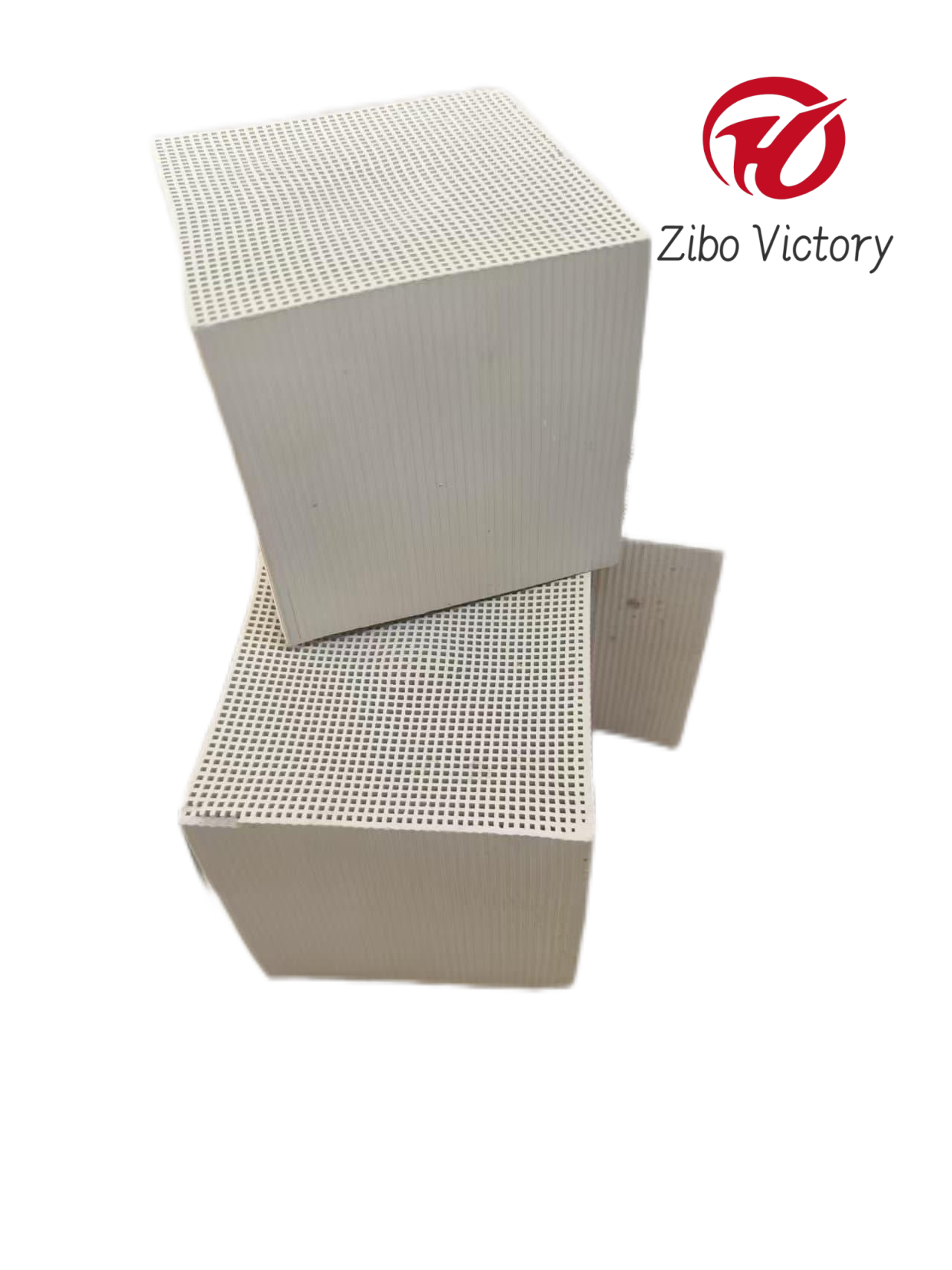Honeycomb zeolite has a longer life than activated carbon and can be reused!

http://zibovictroy.com/product-2.html
Honeycomb zeolite and activated carbon are both important adsorbents with their own characteristics, and the statement that honeycomb zeolite has a longer life than activated carbon and can be reused contains some truth but needs to be analyzed in more detail:
1. Lifespan comparison
Honeycomb zeolite:
Honeycomb zeolite has a relatively stable structure. In many applications, especially in catalytic and adsorption processes where the operating conditions are not extremely harsh, it can maintain its performance over a long period. For example, in some automotive exhaust gas purification systems using honeycomb zeolite - based catalytic converters, they can last for tens of thousands of kilometers of vehicle operation. This is because its crystalline structure provides a stable framework for adsorption and catalytic reactions.
The slow degradation rate of honeycomb zeolite is due to its strong chemical bonds and the ordered arrangement of atoms in the crystal lattice. As long as it is not exposed to substances that can severely damage its structure, such as strong acids or extremely high temperatures that can cause phase changes, its lifespan can be relatively long.
Activated carbon:
The lifespan of activated carbon depends greatly on the application environment. In some relatively clean environments with low pollutant concentrations, activated carbon can also have a certain service life. However, in harsh environments with high pollutant loads, activated carbon may become saturated quickly. For instance, in an industrial waste gas treatment plant with a high concentration of volatile organic compounds (VOCs), activated carbon may need to be replaced frequently, sometimes within a few weeks or months.
Activated carbon's porous structure can be more easily blocked by large - sized pollutants or complex mixtures, reducing its effective surface area for adsorption and thus shortening its lifespan.
2. Reusability
Honeycomb zeolite:
Honeycomb zeolite is highly reusable. It can be regenerated through processes such as heating in an inert or oxidative atmosphere. During regeneration, the adsorbed substances are desorbed from the zeolite pores, restoring its adsorption capacity. For example, in some industrial applications for VOCs recovery, honeycomb zeolite can be regenerated multiple times without significant loss of performance, which makes it cost - effective in the long run.
Its stable crystal structure allows it to withstand multiple regeneration cycles without major structural damage. The well - defined pore channels in honeycomb zeolite also contribute to the efficient desorption of adsorbed species during regeneration.
Activated carbon:
Activated carbon can also be regenerated, but the regeneration process is often more complex and may not always be as effective as that of honeycomb zeolite. Physical regeneration methods such as heating can sometimes cause partial carbon burnout, reducing the surface area and adsorption capacity. Chemical regeneration may introduce impurities that can affect the performance of activated carbon.
In some cases, after multiple regeneration cycles, the performance of activated carbon may decline significantly, and it may eventually need to be replaced.
In general, under appropriate conditions, honeycomb zeolite often shows a longer lifespan and better reusability compared to activated carbon. However, it's important to note that the performance of both materials varies depending on specific application scenarios, and a comprehensive evaluation should be made according to actual needs when choosing between them.



 Send Email
Send Email +8613325203316
+8613325203316